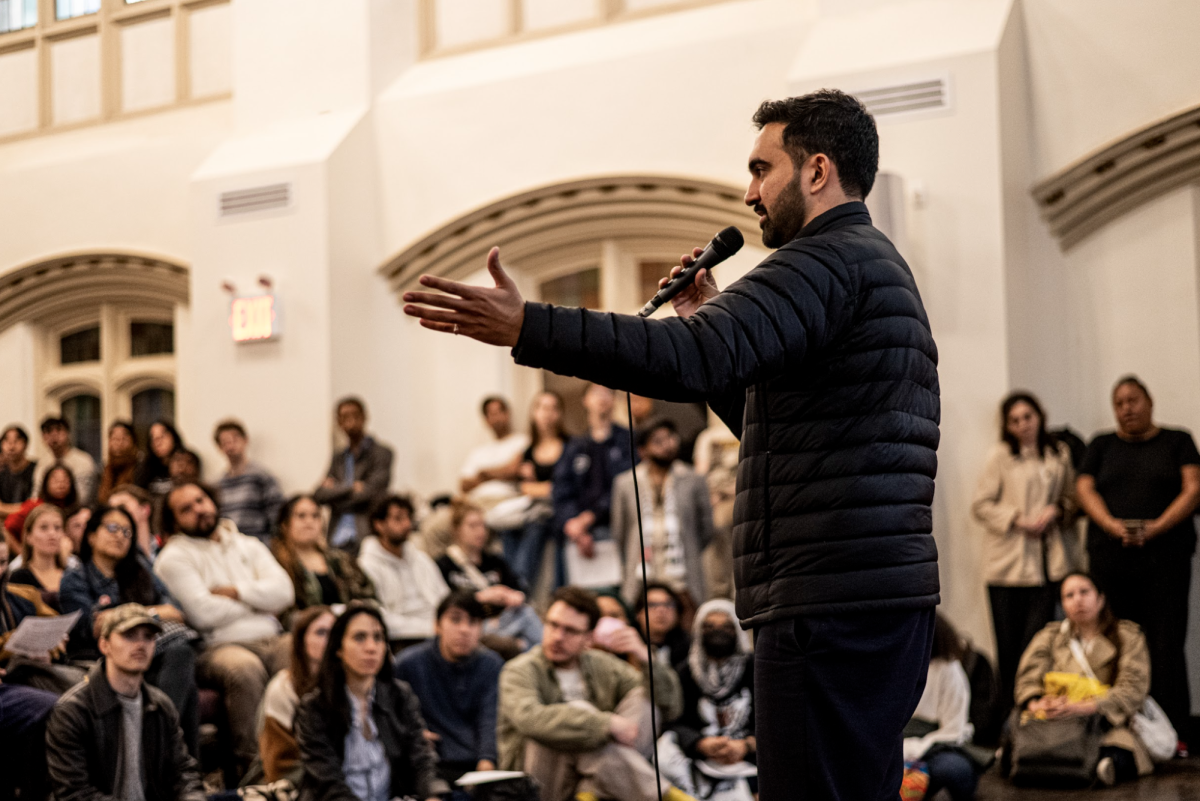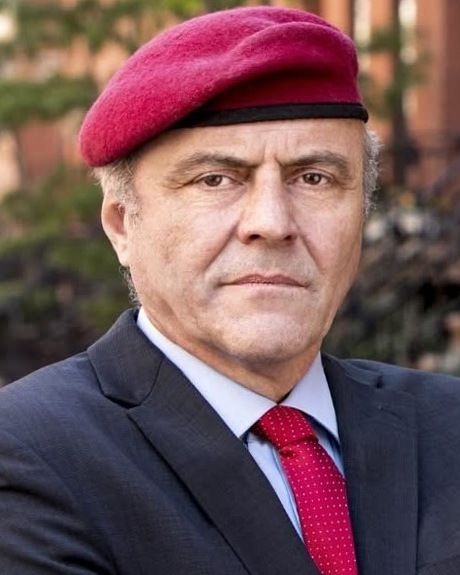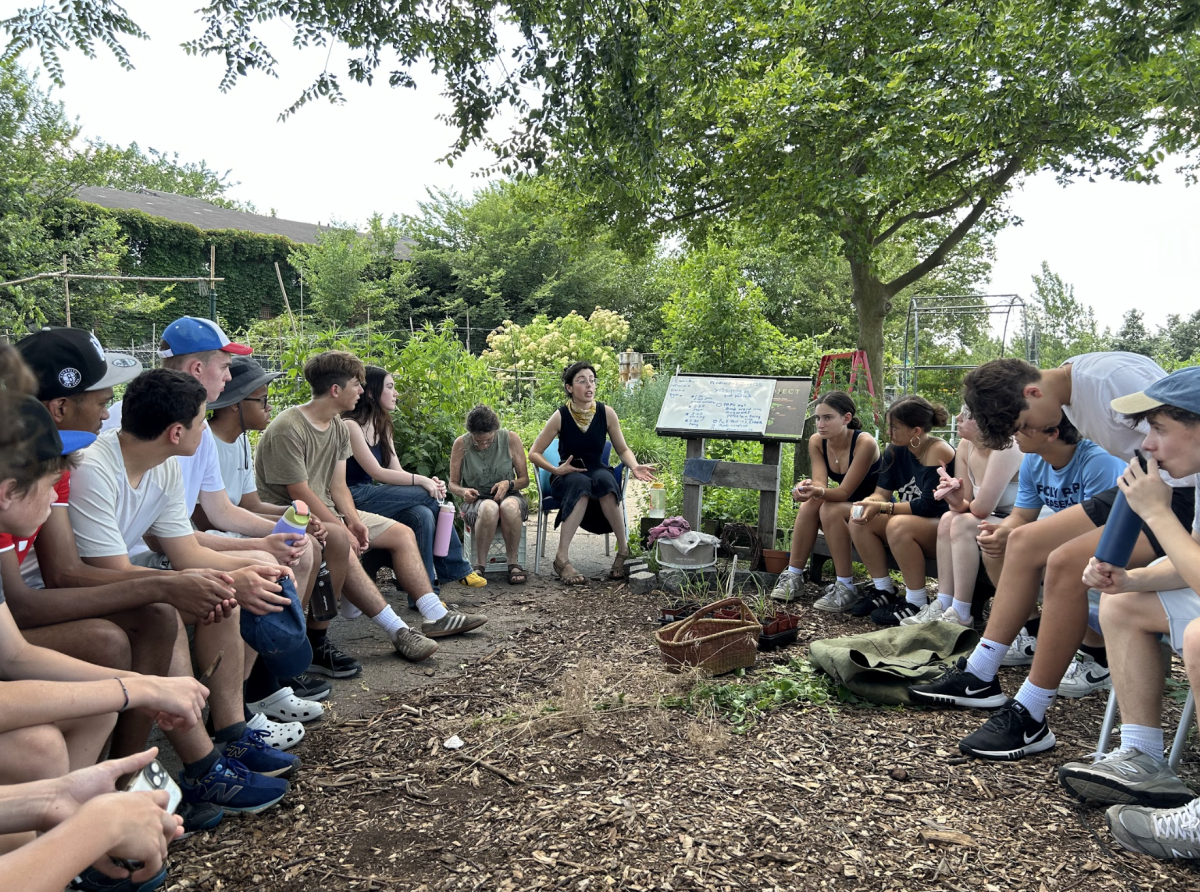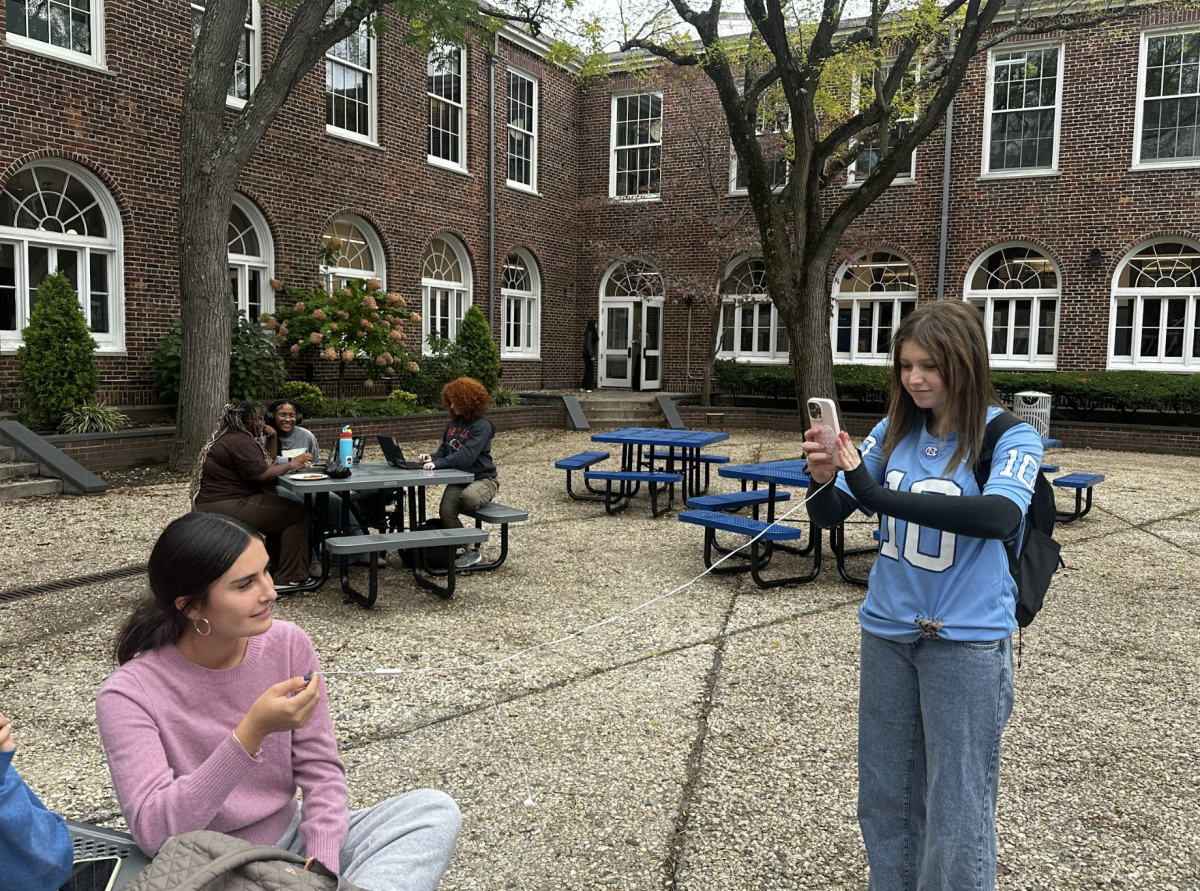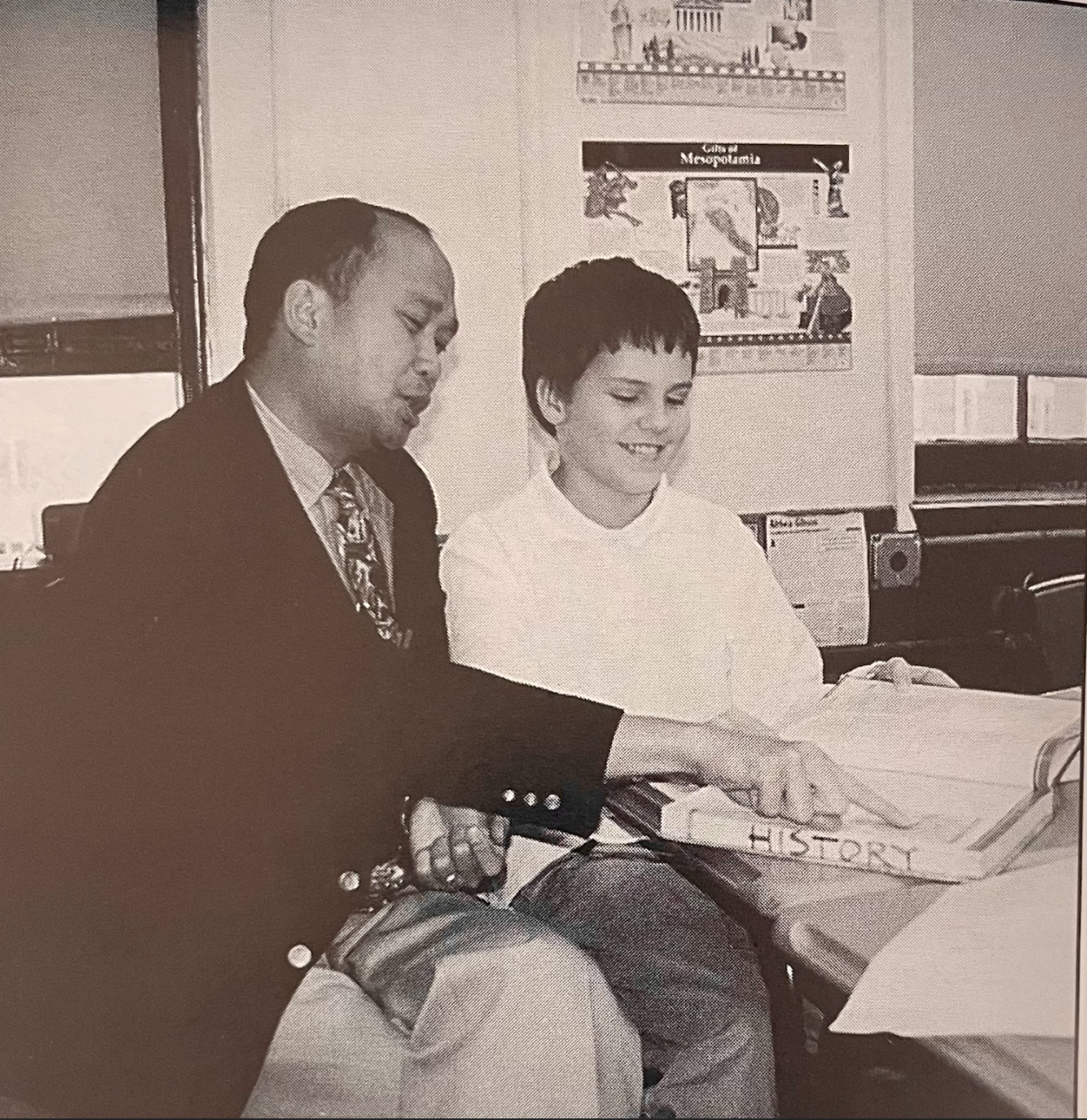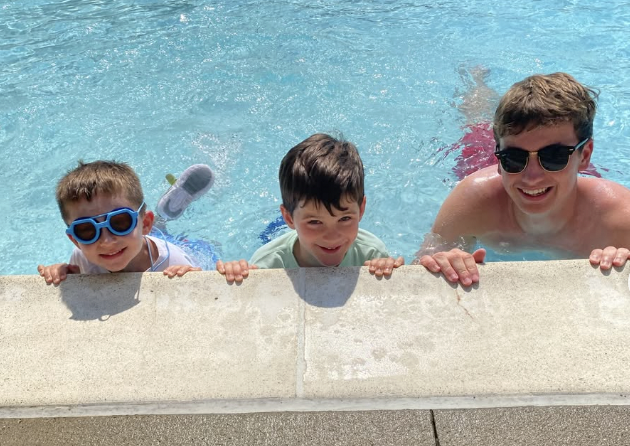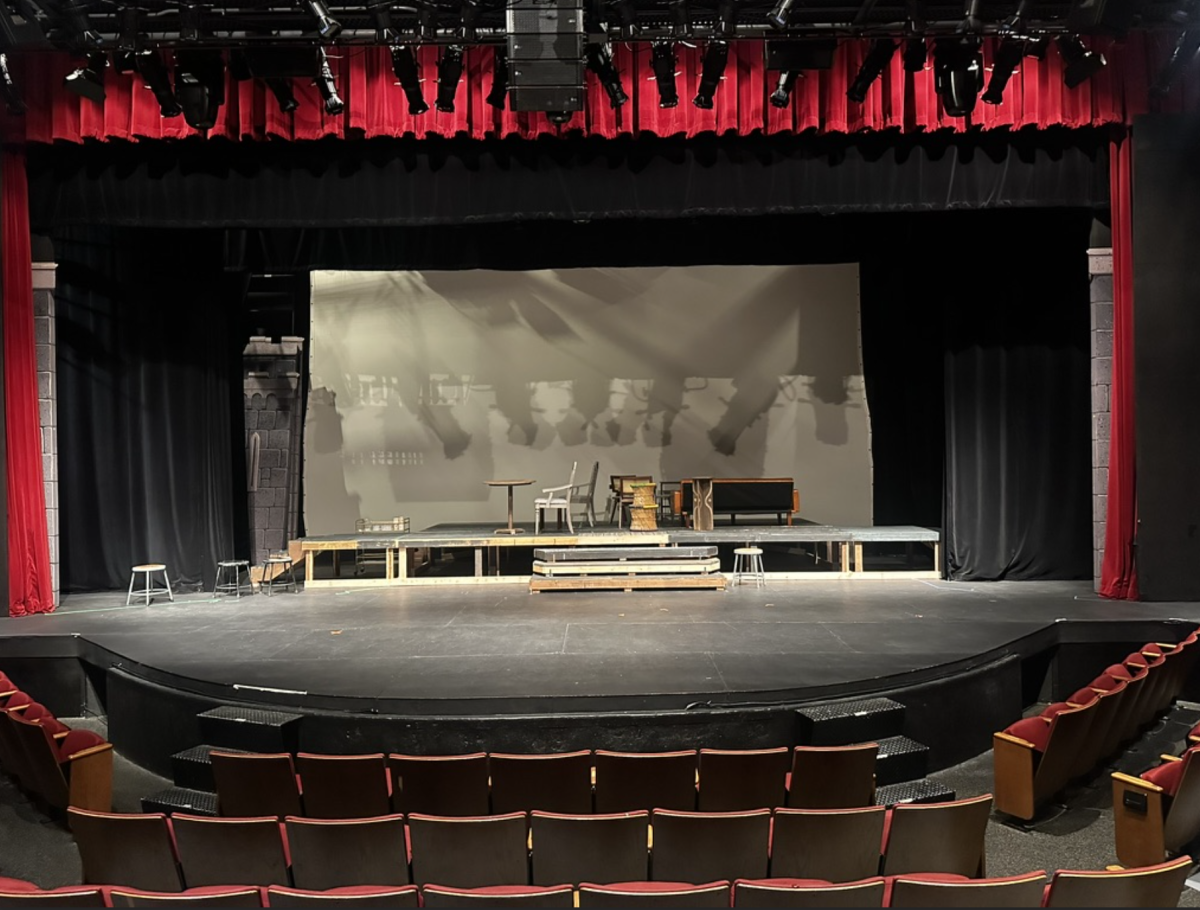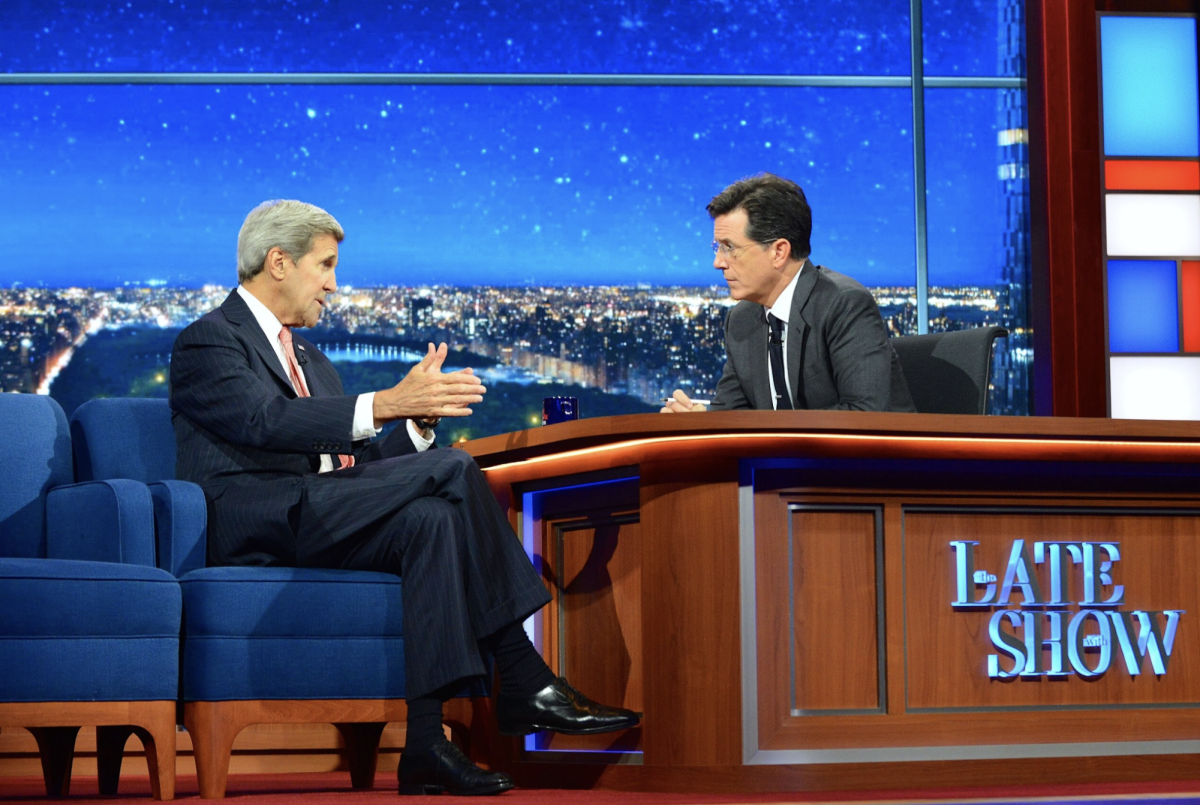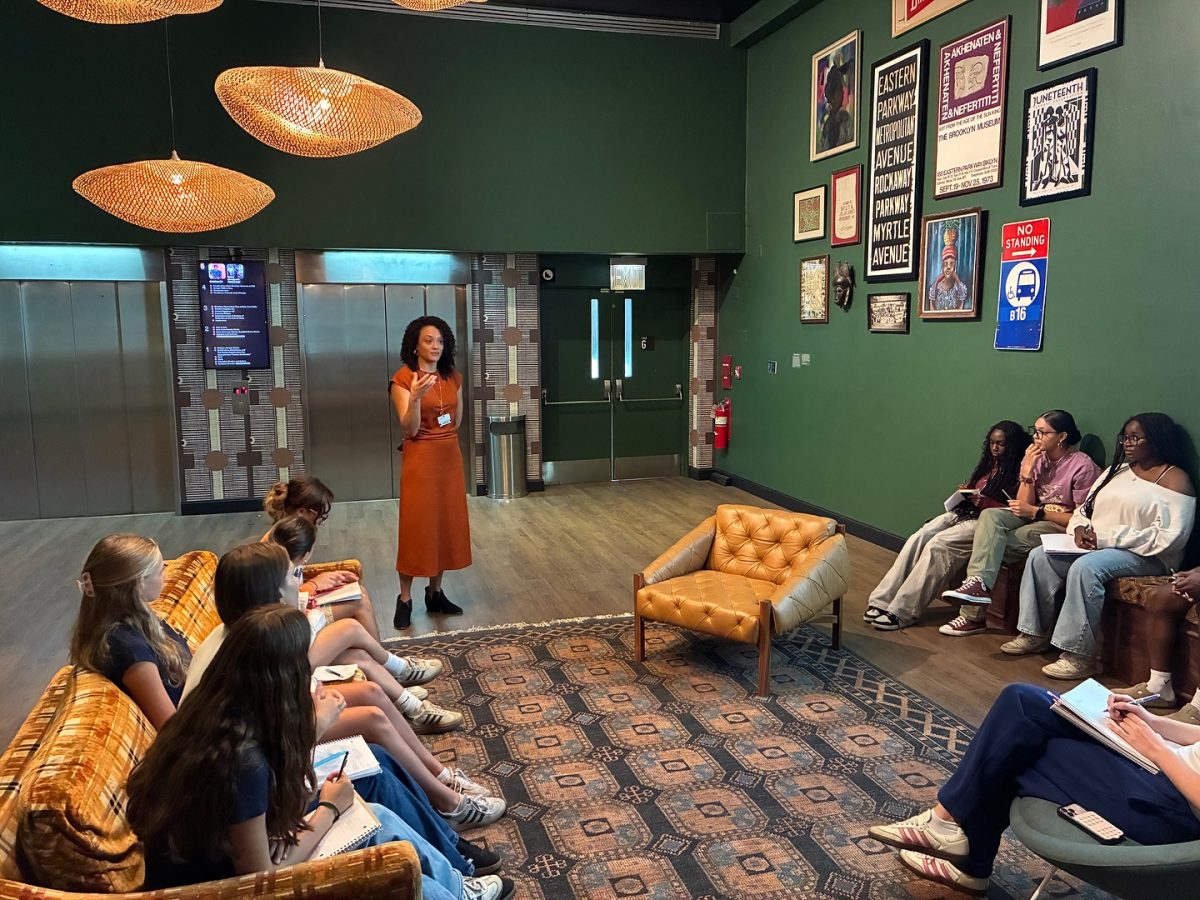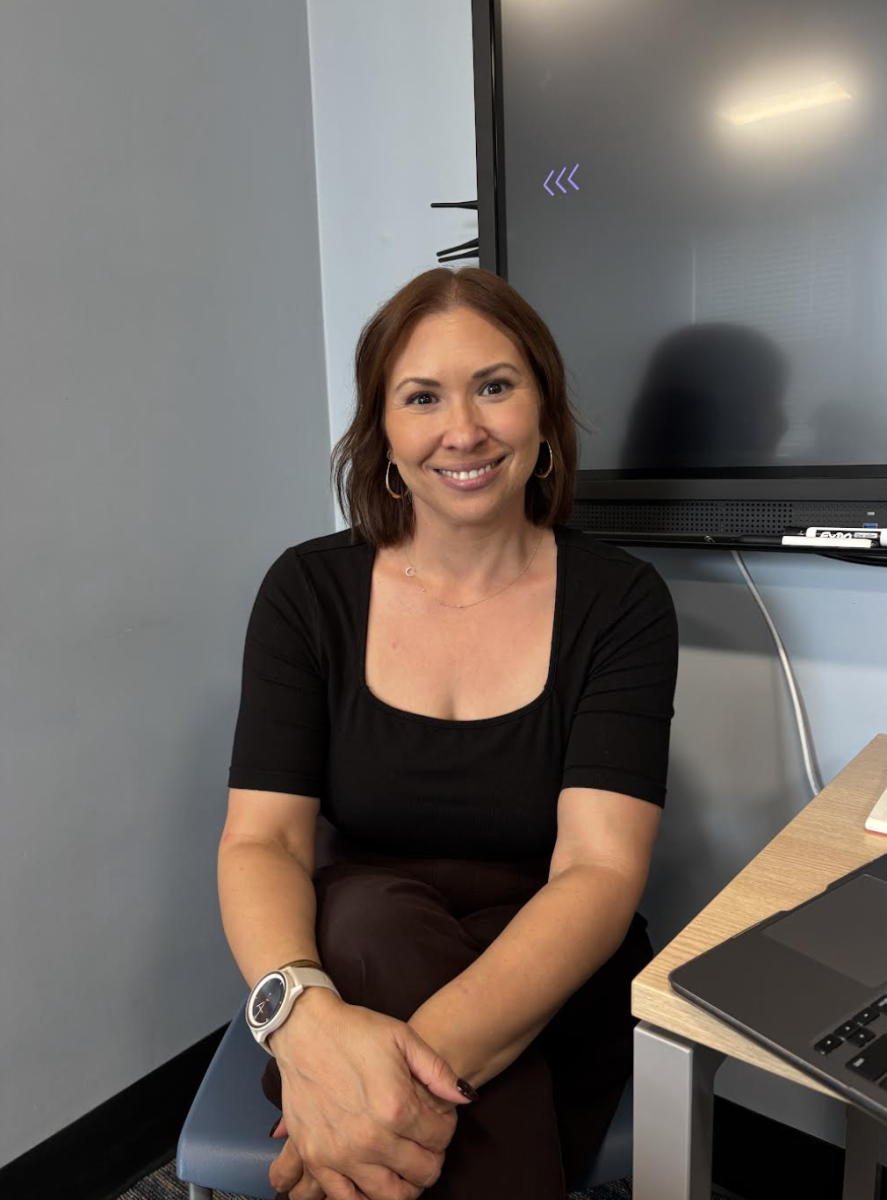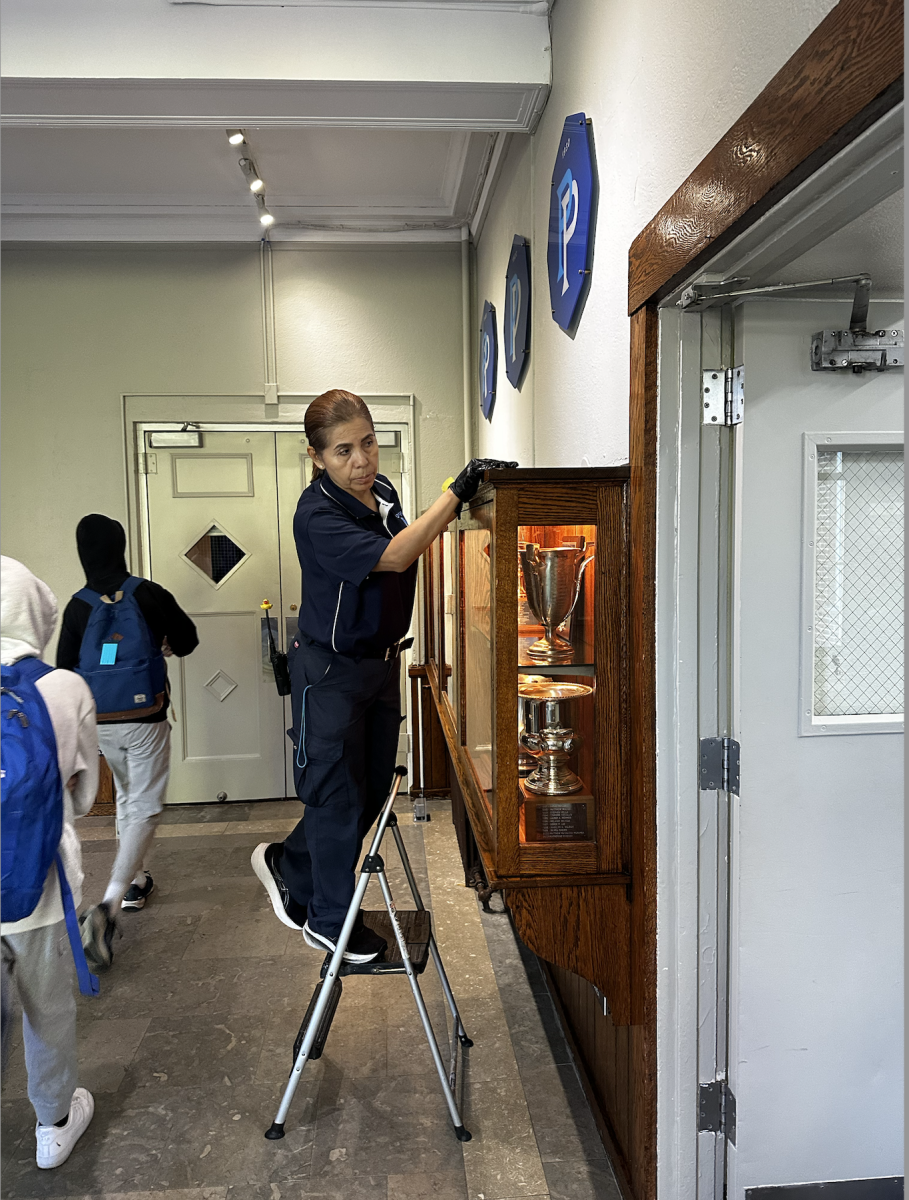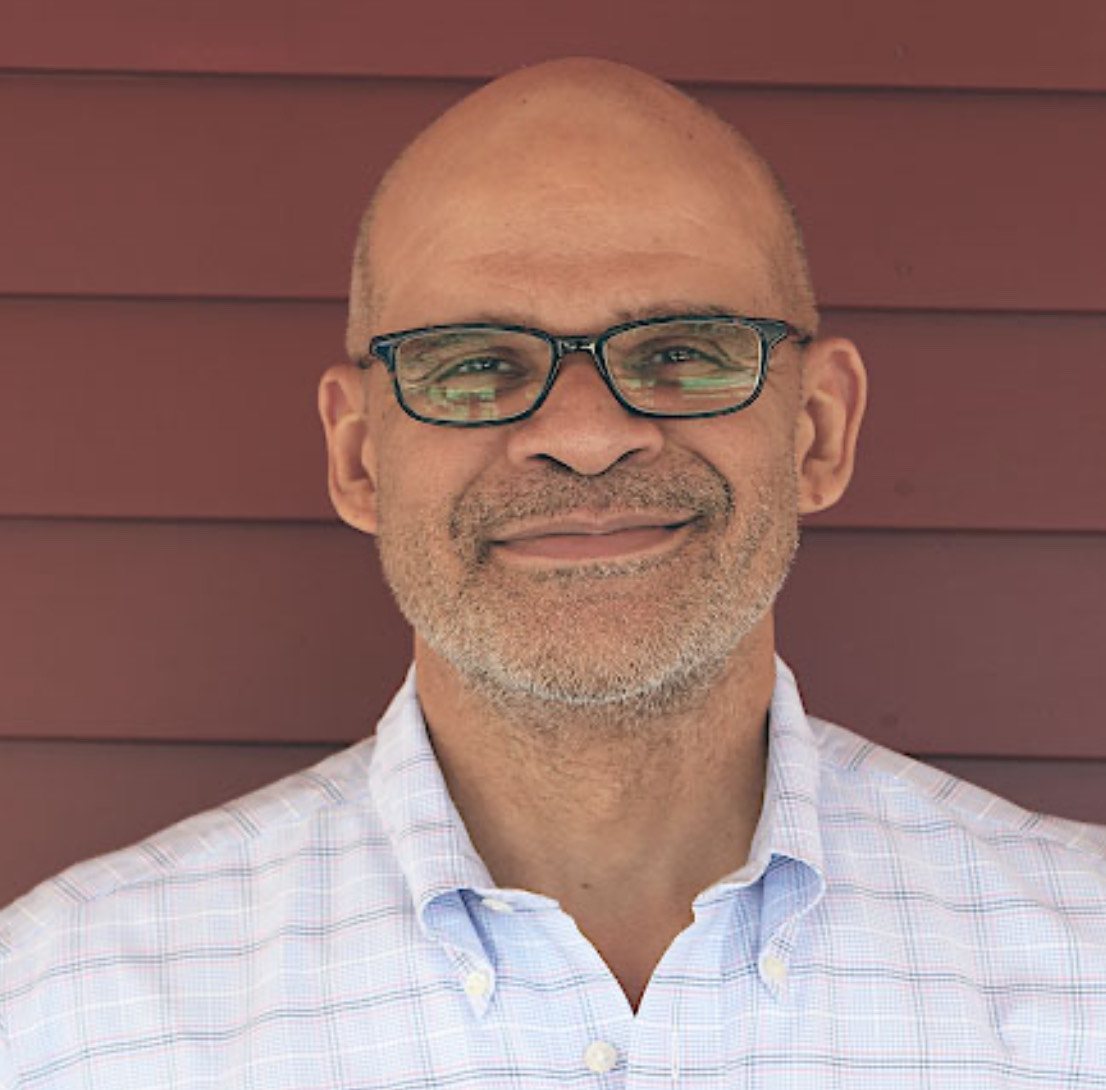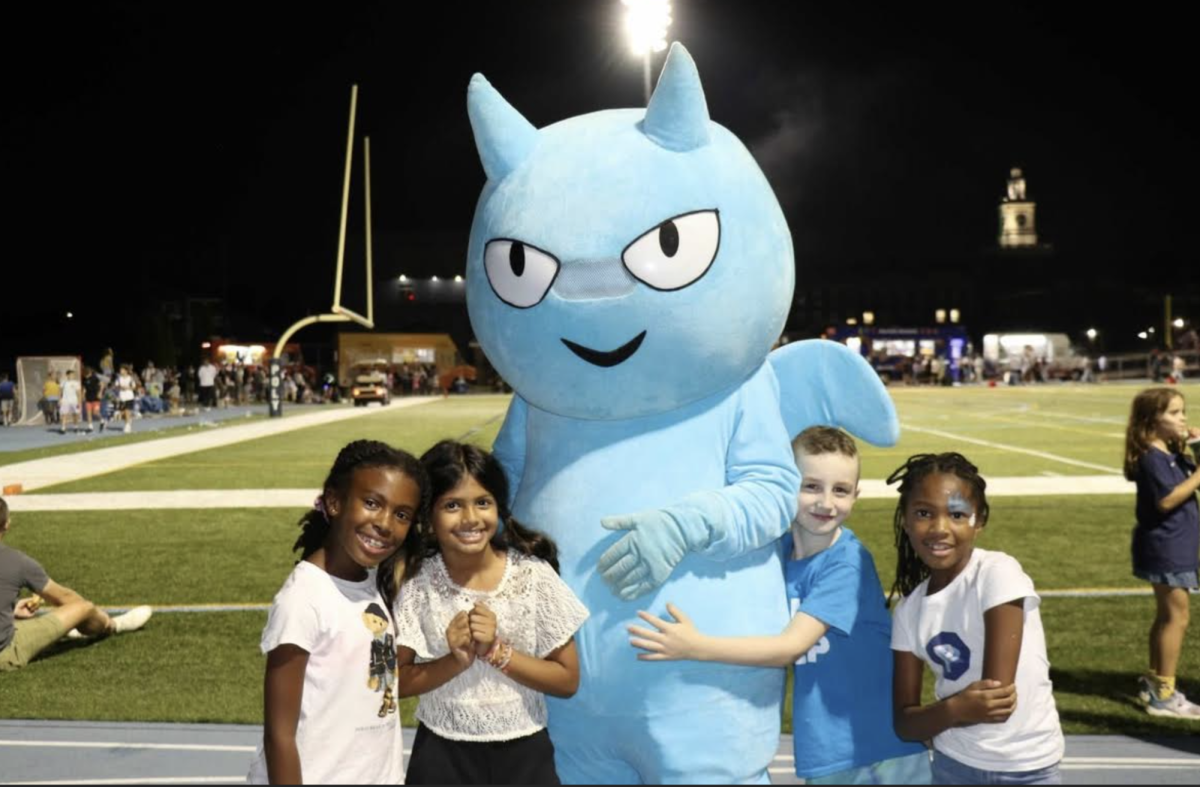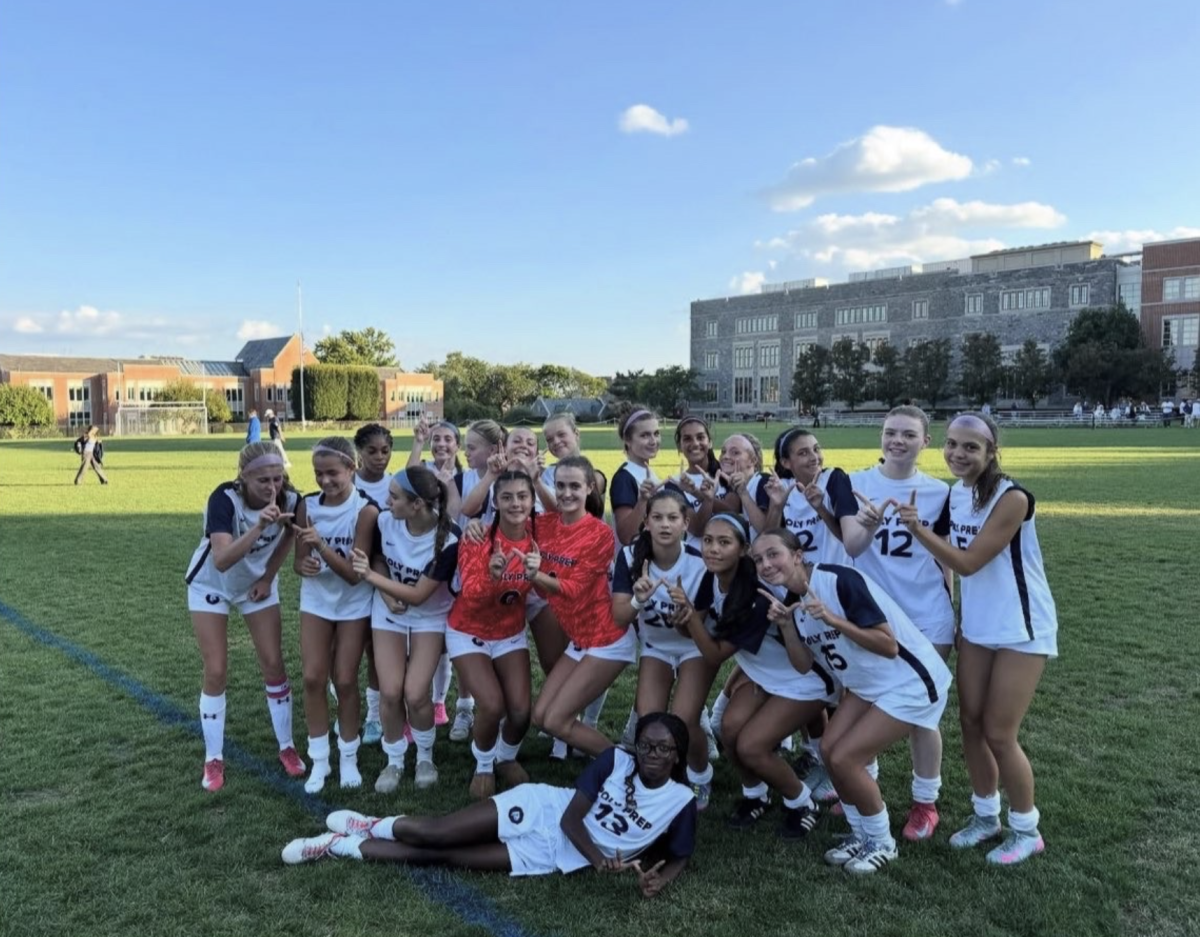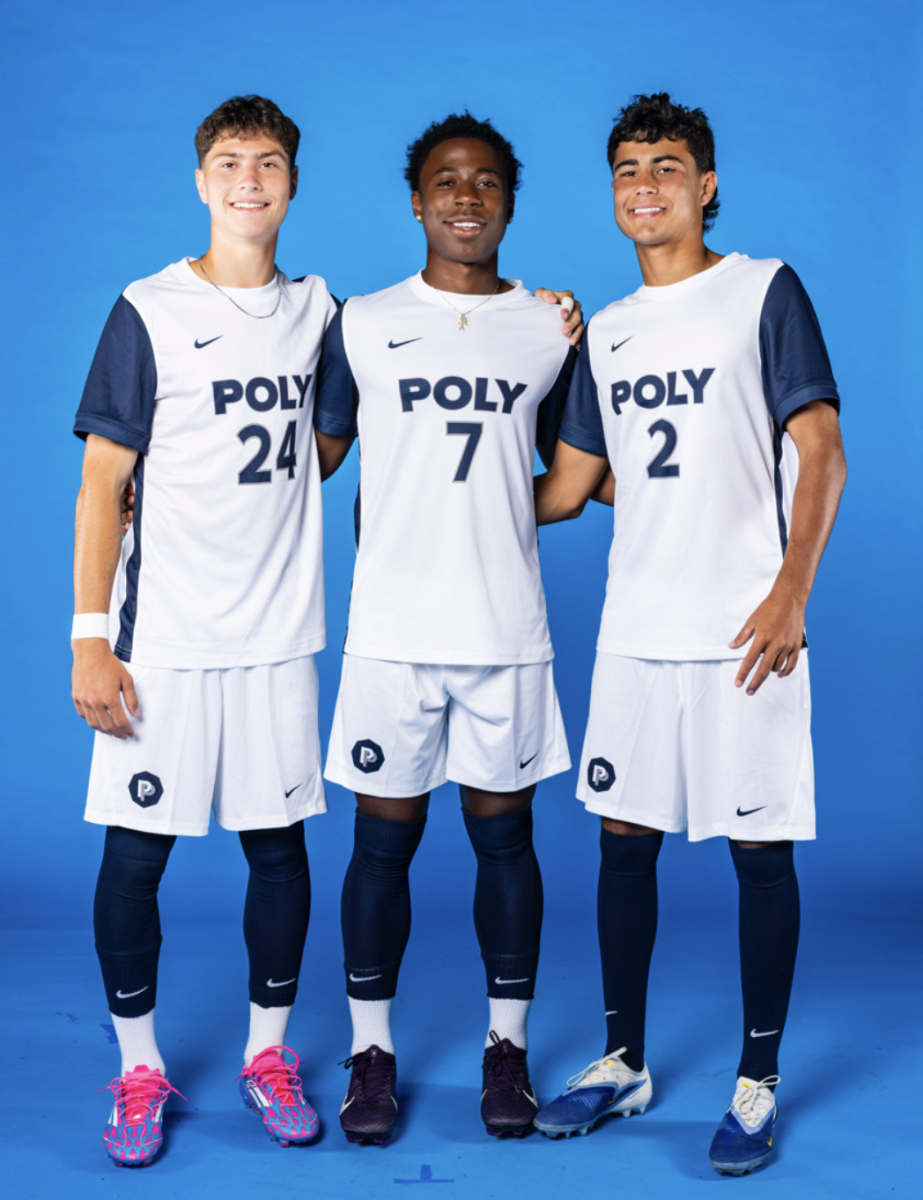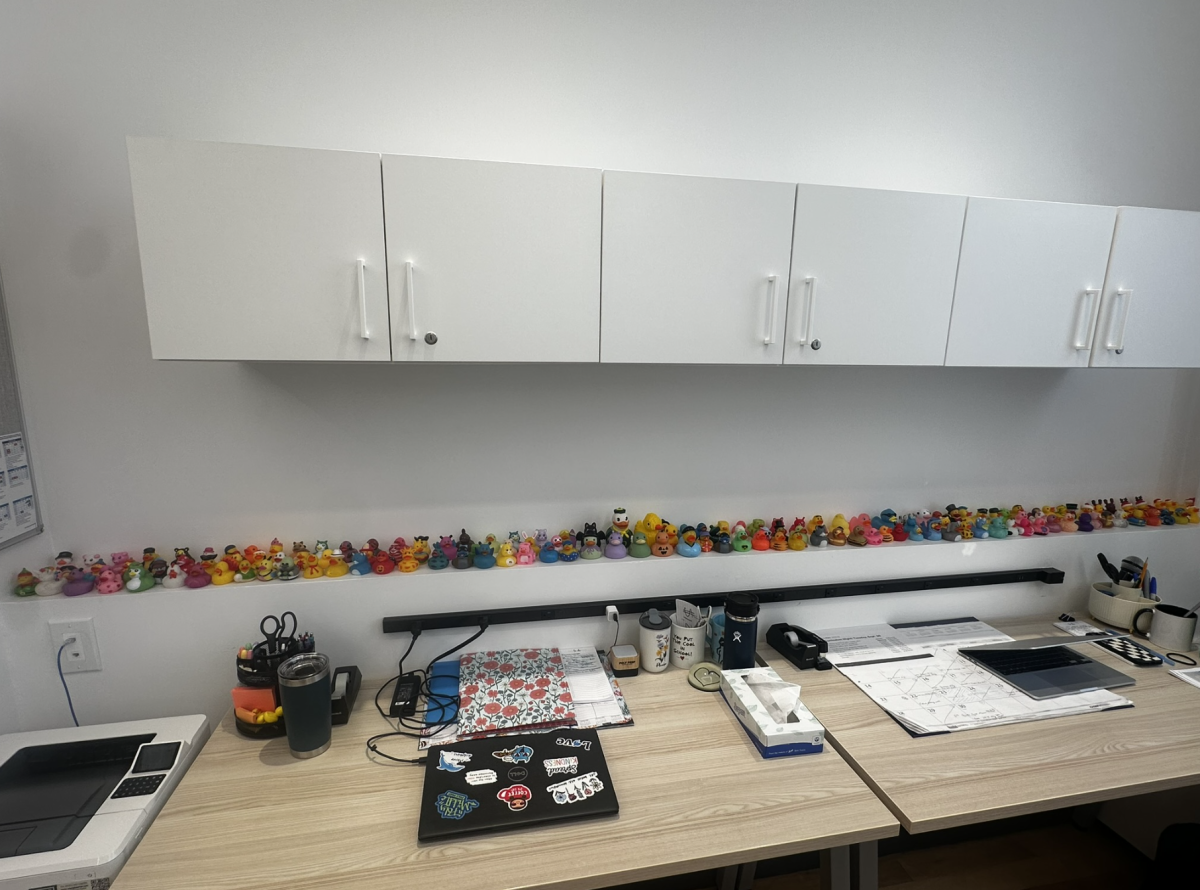Civics is the study of the privileges and obligations that citizens of the United States of America obtain. It focuses on the theoretical, political, and practical aspects of citizenship while addressing everyone’s rights and duties. With the upcoming election approaching and America being grounded for political debate, the influence of citizens becomes more prominent than ever. Despite the importance of civic education, not many students have the opportunity and access to learn and become sufficiently educated on this topic.
As of the 2024 school year, Poly is now offering a Civics class to be taken by all Juniors. Rory Schoenberger ’23, a Poly Prep alum, crafted and implemented a Civics day for all students and faculty to participate in on January 5, 2023.
What different activities and learning opportunities did Schoenberger provide on that day? And, can you really learn everything you need to know about Civics in one singular day?
In previous years, Poly Prep “as a whole didn’t maintain a profound education involving civics and elections,” stated Elijah Sivin, history faculty member and director of service learning at Poly. Up until the 2024 school year, Poly didn’t offer any classes that focused primarily on civics and our current government today. Now, Poly requires juniors to take a civics class.
“I have learned a lot about civics from my parents as well as social media, and I think it’s important to bring these [civics learning opportunities] to Poly as well,” said Carlyle Muldrow, a Junior at Poly Prep. Muldrow believes it’s very helpful that Poly is now providing more civics opportunities for students, specifically regarding the upcoming election.
In 2023, Schoenberger wanted to make a difference. She saw a gap in civics education between students and faculty. “I created Civics Day because I felt that the Poly community was undereducated on the topic of civics. I believe learning about civics and media literacy is essential in a time of so much political polarization,” Schoenberger stated. She aimed to educate students on this topic so that when they are eighteen and can vote, they will be aware of our current political systems and prepared.
However, it wasn’t only Poly students who lacked knowledge in civics because, according to the Close Up Foundation, “In 2022, 22 percent of students were found to be at or above a ‘proficient’ level for civics comprehension; 69 percent of students were at a ‘basic’ level of understanding, and 31 percent were below basic.”
“The objective of Civics Day was to have students learn more about the biases that go into a political opinion as well as to gain an understanding of the impact of civics on their lives and how they could become further involved,” Schoenberger said. She worked with Maggie Moslander, former member of the history faculty, with some minor inputs from Sivin. Schoenberger explained that they spent months planning “the events of Civics Day, as well as reaching out to out of school service organizations for the civics fair and coordinating with Poly’s administration on logistics.”
On January 25, Civics Day began when all students 9-12 gathered in the Chapel for an assembly where Schoenberger and Moslander provided a brief introduction to the goals of the day. Grade 9 was divided into small groups and randomly assigned to a room with randomized groups of students and teachers. The objective was to facilitate productive political conversations using the website designed by Schoenberger. “Being with people in a different grade than you and people you didn’t know would allow people to expand their knowledge on topics they may not have known before,” said Sivin.
While grades 9 and 10 were in groups, grades 11 and 12 remained in the Chapel for an assembly presentation on current-day challenges and possible reforms of the American political system led by students in the Advanced History: Democracy and Conflict course. In a Polygon article, Alida Lissak, a Poly Prep alum, reported that “this event [had] three different panel discussions from Juniors and Seniors in a Poly Advanced History course. The panels were called ‘Improving Democracy,’ ‘Is the Media Really the Problem?’ and ‘Is Change Possible?’ Many students and faculty engaged each panel with questions as the Upper School contemplated the state of American democracy and the difficult question: Is there hope?
Afterward, Grades 9 and 10 moved from small groups to the Legacy Gym for the Civics fair. Jared Winston, head director of student life, stated in an email at the time, “The day will feature a workshop (our “organization fair”) for which we are inviting external civic organizations as well as Poly clubs, affinity and alliance groups, and Service Learning Teams (SLTs) to meet with students to demonstrate how their particular group/club is related to and affected by civics and politics.”
He encouraged everyone to broadly define civics and politics to demonstrate that everyone is affected by current politics and civics. There was a push for everyone to showcase that they should think about how they can do their part, specifically by making a difference regarding the lack of civic knowledge. Everyone had a role in the Civics fair to work during the club and DEIB blocks to develop programming for Civics Day. Student club leaders would present their interpretation of how their club can relate to civics. “This forced students to be pushed to think about how civics connects to everyday life,” Sivin said. While grades 9 and 10 were engaged in the civics fair, grades 11 and 12 moved into their randomized small groups.
Despite the events of this day, many students feel as if they were not educated on the topic. Emma Arden, a Junior at Poly Prep, simply believes that when the clubs presented at the civics fair, students were barely engaged, and instead, it “allowed for students to be distracted by peers and all the chaos going on. I just don’t think it was in the right environment.”
Sivin points out that “students don’t have much of a recollection of this day because it wasn’t like a class where you would have to be worried about a grade. You could just walk around mindlessly without having to worry if you were missing information since there was no quiz or test on it later.” There is more pressure for students to work harder to learn in general if they will be assessed on it. Sivin suggested that kids will be pushed to learn civics more efficiently in a structured class environment.
Schoenberger said she is “happy that students were able to experience Civics Day. I believe that its existence makes it a success as it demonstrates that Poly saw the need for civics education. Certain activities, such as the civics fair, were centered around showing students how they could become more involved with civics.” She hopes that this day allowed more students to be aware of civics and particularly have more interest in it. Sivin believes that Schoenberger did the best she could regarding the day not being a structured class environment.
Despite Civics Day’s strong initiative and the ambitious message it wanted to convey, it is very hard to “pull off a significant Civics education in one day,” said Sivin.
The Sandra Day O’Connor Institute for American Democracy said in an article that it’s important to teach civics because “those who receive civic education are more likely to feel a sense of civic responsibility and to participate more actively in their communities. It can also help foster a greater sense of national identity, an essential component of a thriving democracy. It provides citizens with an understanding of the mechanics of democracy, our rights and freedoms, and why it is important to exercise one’s rights. Civic education also teaches individuals about their local and national government structures, the principles of democracy, and a citizen’s responsibilities.” Virginia Dillon, the chair of the history department, believes,
“We all need to understand how the American government functions—both historically and today—so that we can better understand both our responsibilities and opportunities as citizens. Our government is too impressive, complicated, powerful, and fragile for us to take it for granted.”



